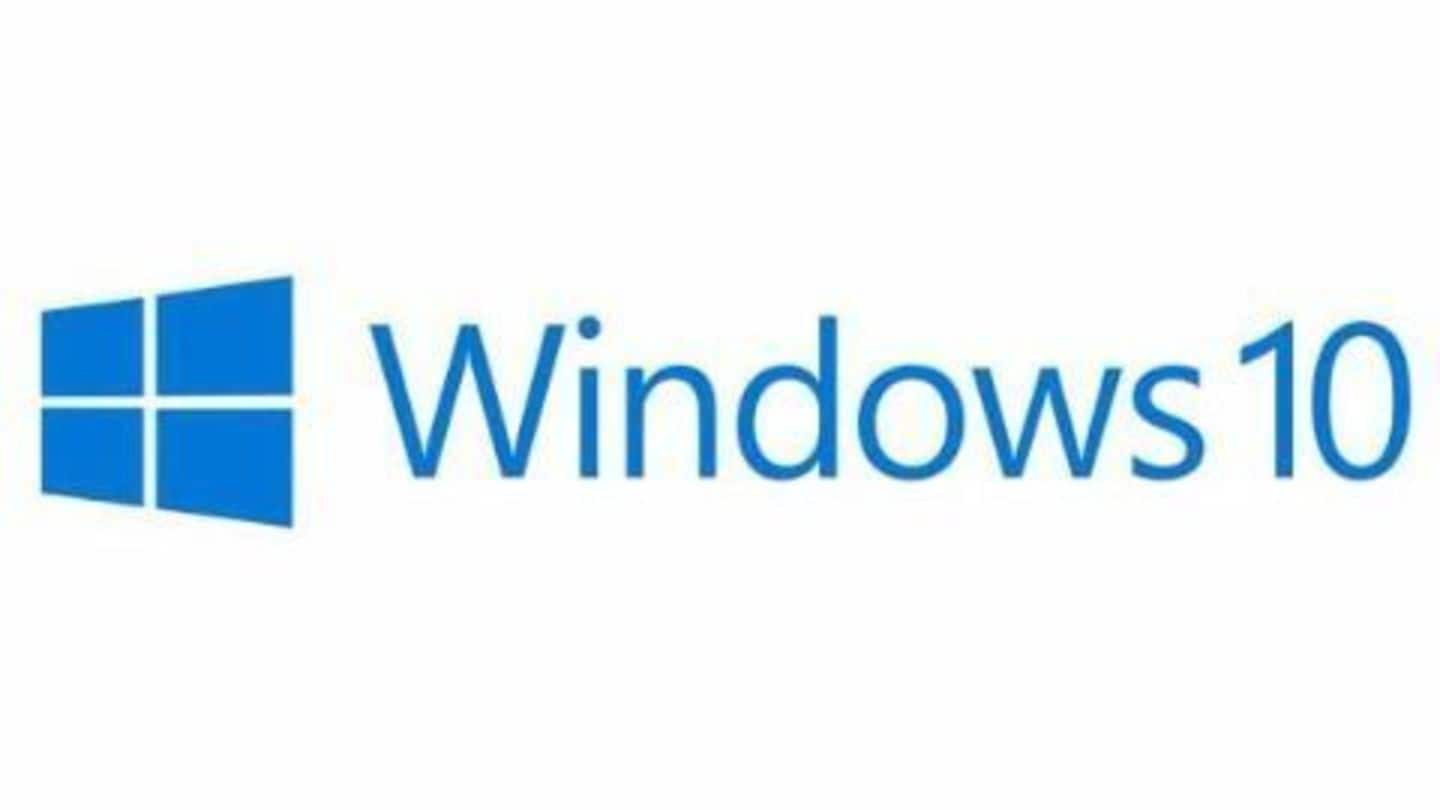
Microsoft is back in the game
What's the story
Microsoft has come out with the latest update to Windows- the Windows 10 improving on Windows 8. Even though it is only being rolled out in phases, Microsoft announced that there are almost 14 million users already. With Windows 10 being the first version to be available free of cost to all users, Microsoft should be looking at a very large number of upgraders.
1975
Microsoft: origins
In 1975, Bill Gates and Paul Allen, two young men with a vision, began a start-up called Microsoft. This was at a time when typewriters were still used and few had heard of microcomputers. A few years after it was founded, Steve Ballmer was asked by Gates to join the company. Their first project was MS-DOS, an operating system to help computer programs run.
20 Nov 1985
The inception of Windows
From the original MS-DOS, Windows was built, a much better operating system, which used a mouse to navigate around instead of typing in MsS-DOS commands. Windows 1.0 was shipped on 20 November 1985. Since then, there have been updates to Windows every few years; newer versions, each having some advancements. In 1988, Microft became the largest PC software company in the world.
25 Oct 2001
The success story of Windows XP
On 25 October 2001, Windows XP was launched with great success. It became a bestseller with the Start menu, the Control Panel and taskbar becoming more intuitive. Other features were also inherently more accessible and user friendly. It was reliable, secure and fast, with a fresh visual design and features like remote desktop support, Windows Media Player, Windows Movie Maker and digital photo support.
2006
The next generations of Windows
The next version to be released was Vista in 2006, which had enhancements to the media player; the look was also redesigned. Windows 7, the next upgrade was the first to start the touch, allowing touchscreen users to flip through webpages, photos etc. It increased functionality and provided a more fun interface with Snap, Peek and Shake. By this time, laptops were outselling desktops.
2012
The Windows 8 gaffe
Microsoft gambled with Windows 8, managing an engineering triumph- with several new features but disappointed most users. The interface was more touch oriented and caused problems for those who were upgrading from older hardware. The new user interface was confusing and the lack of a Start button was inexplicable. The newly added Charms bar, with the hovering over the hot corners was rather frustrating.
3 Aug 2015
So, what are the new features?
For starters, the familiar old Start Menu is back, at the lower left-hand corner; the Live Tiles from 8 remain, but are situated inside the Start menu, not taking up the entire screen. The hot corners all over the screen in Windows 8 are gone. Internet Explorer has been replaced with a faster browser called Edge. There's a new Siri-like virtual assistant called Cortana.
3 Aug 2015
The Windows 10 vision
Windows 10 seems to accept that it went too futuristic with Windows 8 and attempts to re-establish Microsoft's erstwhile hegemony. 10 still keeps the vision of being an operating system that bridges the gap between different devices. The touchscreen vision from Windows 8 remains; on a 2-in-1 device like Surface Pro-3, there's an option to switch off the keyboard and use the touch only.
3 Aug 2015
The pros and cons of Windows 10
Edge still clings to features of Internet Explorer that were horrors and is not too user friendly. Cortana, however, is a great addition which can handle local searches, answer questions. It's cloud powered, meaning it can be downloaded on Android. Security has been increased on 10, allowing fingerprint scanning- but the hardware isn't available on all computers. 10 is still a work in progress.
Do you know?
The Microsoft billionaire
Bill Gates, founder of Microsoft, dropped out of Harvard to start the company. At the moment, he is worth $79.6 billion and is the richest person in the world, having held the title for 16 out of the last 21 years.